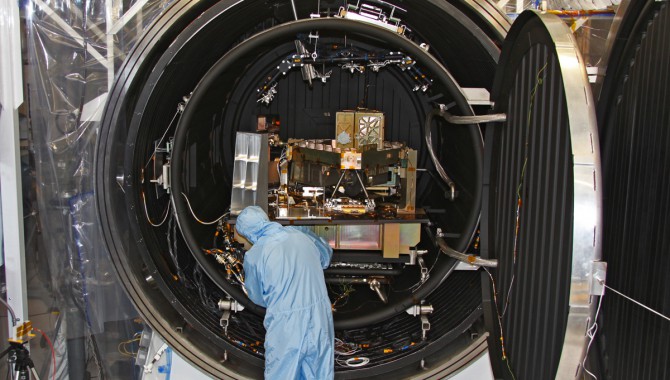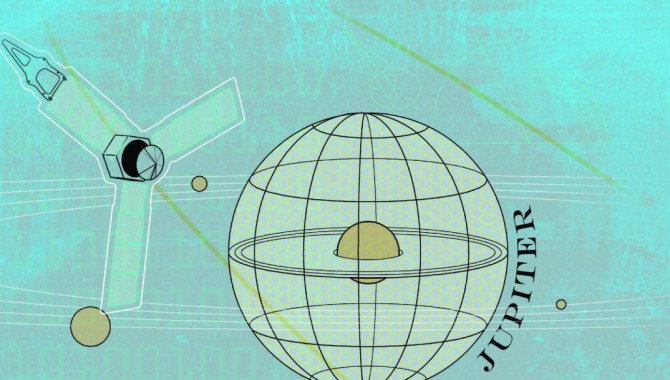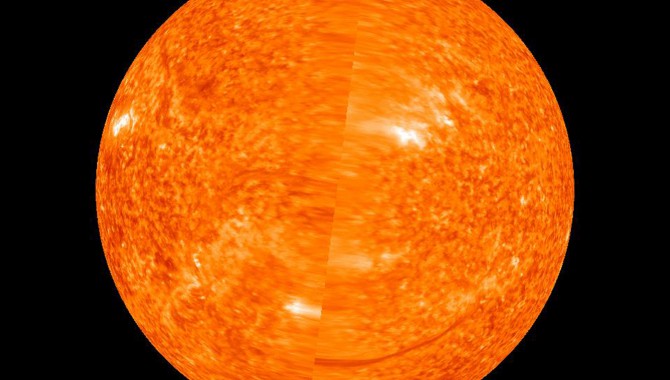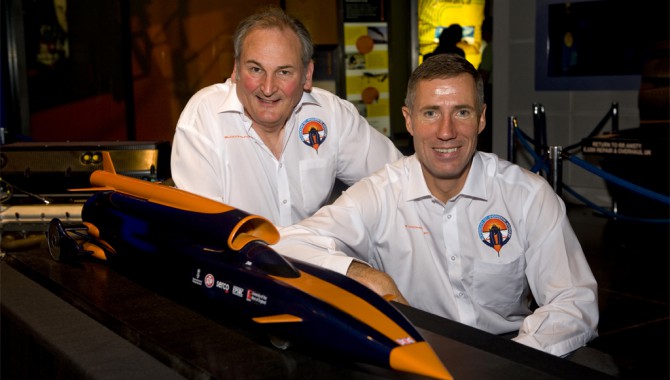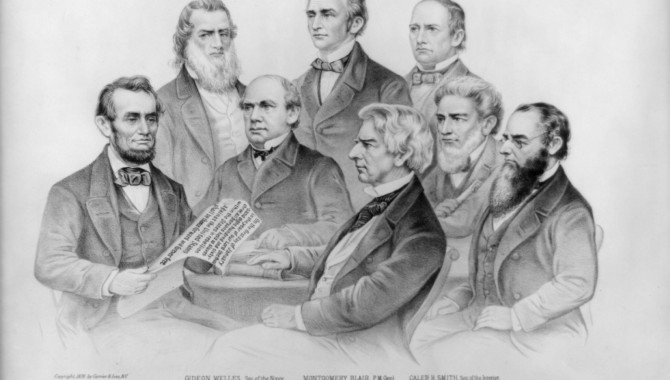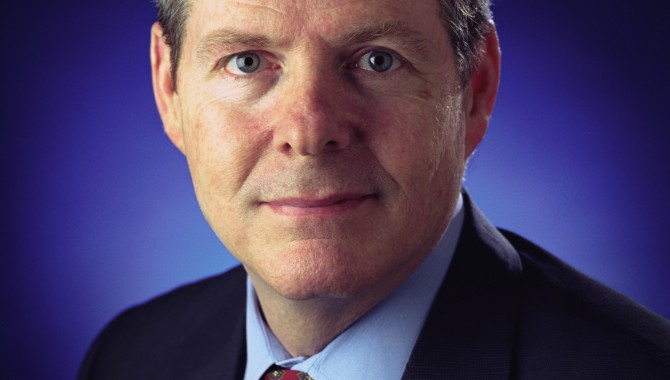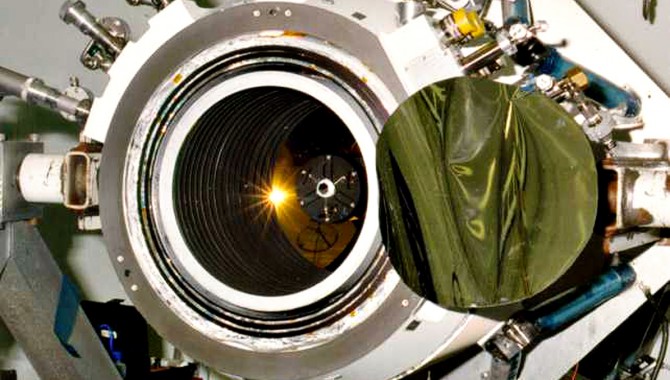
In 1999, the Wide-field Infrared Explorer (WIRE) lost its primary mission thirty-six hours after launch. Those who worked on WIRE, which was the fifth of the Explorer Program’s Small Explorer-class missions, thought they had done what they needed to achieve success.







